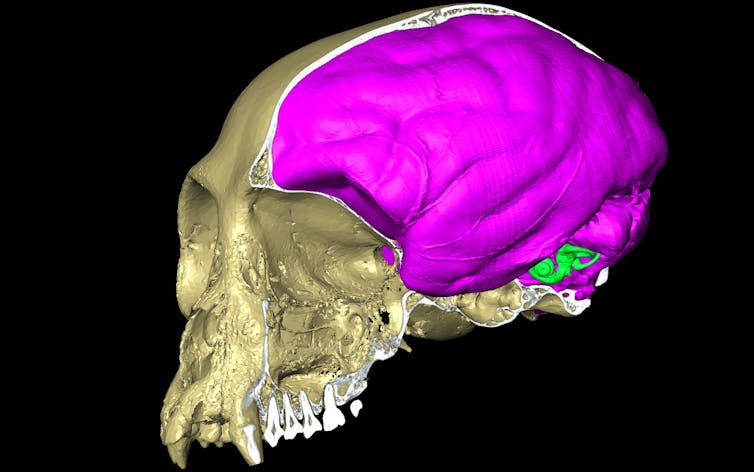When did Warm-bloodedness Evolve?
A correspondent pointed me towards THIS ARTICLE which discusses how to determine whether an animal was warm blooded. And the answer is found in the inner ear!
Being warm blooded confers many advantages. We are more active, both day and night, larger brains become possible.
The inner ear affects balance and it requires liquids to be in the inner ear. Obviously the viscosity of the fluid will have an affect. The viscosity of the fluid will affect the shape of the ear canals; warm bodies will have a different shape of ear canal from cold bodies.
Warm bodied creatures will have a constant temperature in the inner ear and therefore a constant viscosity of the fluid. Cold blooded creatures will have a varying temperature and viscosity of the inner ear fluid and this will affect the architecture of the inner ear.
The researchers looked at the ear canals of the rich fossil heritage of the South African Karoo. This covers the period in which warm bloodedness evolved.
And the conclusion reached is that warm bloodedness happened 33 million years prior to the origin of mammals. Mammals appeared at 200 million years BP, so endothermy (warm blood) started 233 million years ago.

No comments:
Post a Comment